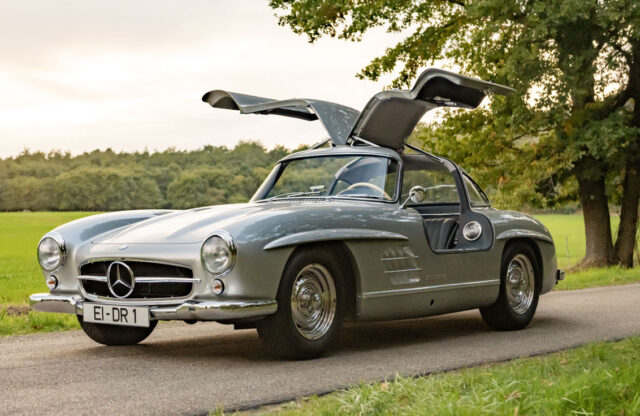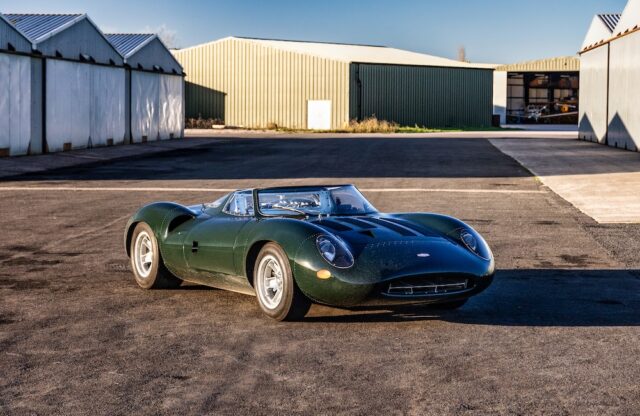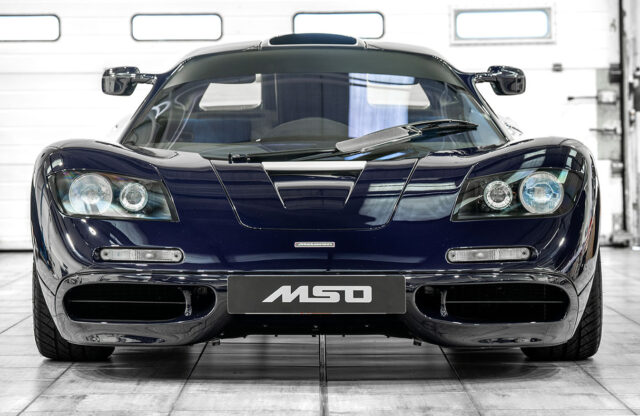WORDS: ELLIOTT HUGHES | PHOTOS: BRABUS
The German tuning brand Brabus is best known for creating some of the wildest Mercedes ever seen. It was founded by Bodo Buschmann and Klaus Brackmann back in 1977, and still operates out of the same headquarters in Bottrop, located in the Ruhr region of west-central Germany. In recent years, however, Brabus’ horizons have expanded dramatically as it works towards evolving from a renowned tuning firm into a globally recognised luxury brand. Today, Brabus is the biggest independent Mercedes tuner.
Bodo’s son and Brabus CEO Constantin is the visionary behind Brabus’ continued upward trajectory. Joining the company in 2005, he quickly ascended the ranks, assuming the position of head of sales by 2012. However, fate took a tragic turn in 2018 following the untimely death of his father, thrusting Constantin into the CEO role.
His five-year stint in the top job has seen Brabus work its magic on more models than ever, including Range Rovers, Porsche 911s and Aston Martins – as well as boats, with the launch of Brabus Marine. It also boasts a fashion line and, last year, Brabus Classic completed the restoration of the very 300 SL Gullwing that inspired Andy Warhol’s Cars series of artworks that was commissioned by Mercedes-Benz in 1986.
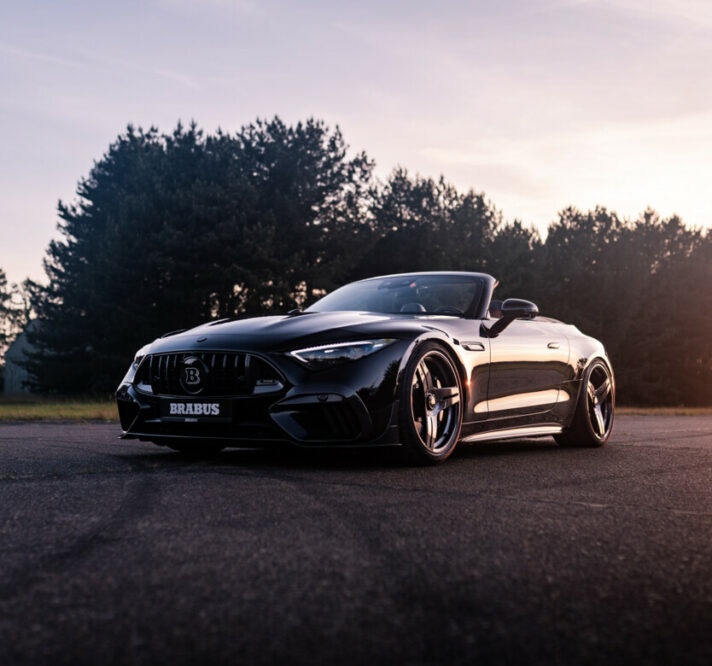
It’s no secret that transforming modern Mercedes into AMG-beating bruisers remains Brabus’ bread and butter


“Our whole business is based on what you would call the mega-trend of individualisation,” Constantin says. Dressed all in black for today’s Magneto interview, the Brabus CEO is relaxed and perfectly at ease, yet his passion for leading his father’s company is immediately obvious.
“It all started in the 1970s. My father was a Porsche fan, but he then discovered that Mercedes-Benz were nice cars but there weren’t a lot of options if you wanted something sporty. For almost 50 years now, things have gone along these lines, although our game has gotten a bit more sophisticated along the way,” he explains.
It’s no secret that transforming modern Mercedes into AMG-beating bruisers remains Brabus’ bread and butter. Yet the company’s reputation and expertise as a restoration specialist is equally impressive, even if this at first seems at odds with Brabus’ penchant for creating high-end statement cars with fire-breathing V8s, pugnacious body styling and unadulterated performance.
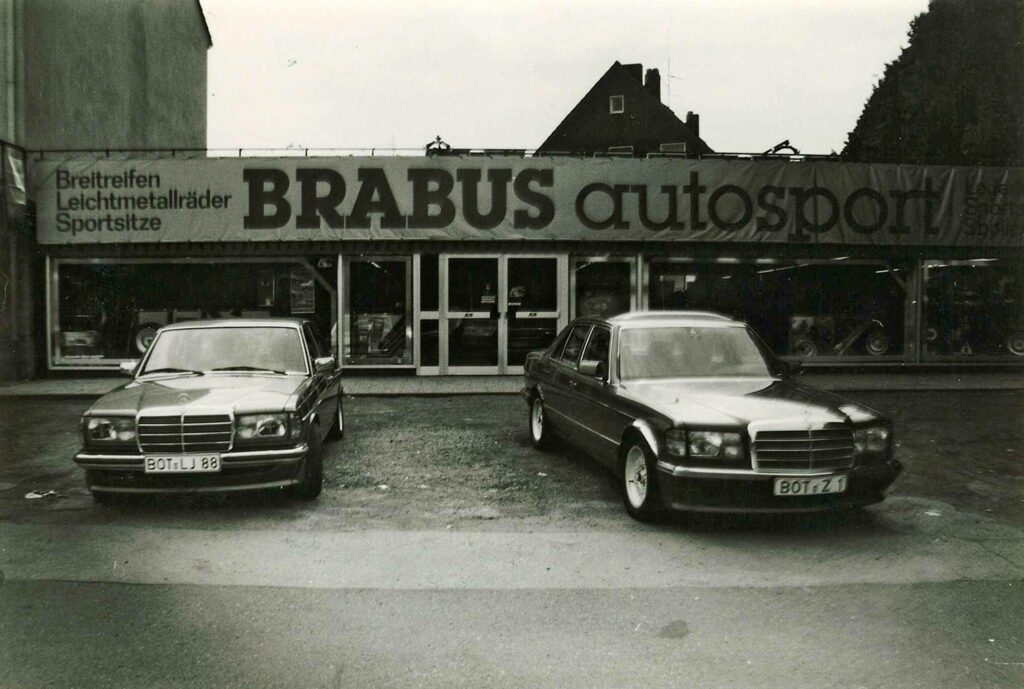
Constantin continues: “Brabus Classic was started in 2000, although it officially got going around 2007. My dad and his technical counterpart Uli (Ulrich Gauffres) were very fond of classic cars, and had been working on some classics in their free time. They then realised that it was something we could do professionally.
“The financial crisis of 2008 was a really big part of the story. A lot of the other businesses at the time were not at capacity, so that gave us the chance to finally say: ‘Okay, let’s jump in.’ We believed that we had the capabilities and the talent, and that it was close enough to what we were already doing.”
So, while creations such as the XLP 800 6×6 – a more extreme take on AMG’s already bombastic six-wheeled G-wagon – have been grabbing most of the headlines, Brabus Classic has remained quietly dedicated to perfecting world-class restoration projects for nearly 25 years.
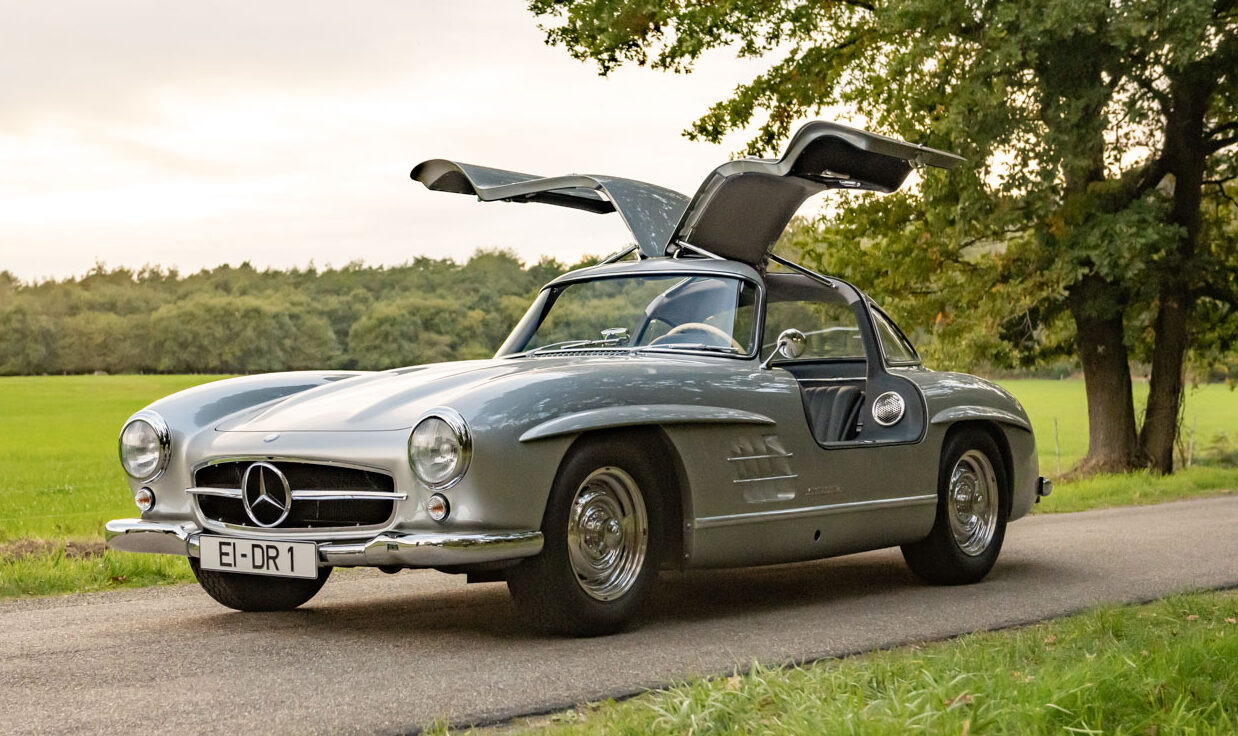
All that experience proved invaluable when Brabus happened across the Warhol 300 SL and embarked on a three-year, body-off restoration of the car. The famous Mercedes-Benz is one of just 1400 examples to leave the production line, and it was sold to its first owner in Paris in 1955. The silver-gray example passed through the hands of just one other European collector, in Germany, before it was acquired by Brabus in 2020.
“One of our connections, Axel Schuette, came to us and said: ‘We have a 300 SL that we believe is really special,’” Constantin says. “He told us he believed it was associated with Andy Warhol, and that it was understood to be the last thing the artist painted before he passed away. Axel is a renowned classic car dealer from Bielefeld, who serendipitously came upon the 300 SL after it was sold to him by the family of a German dentist who died in 2020. Coincidentally, Axel also happens to own several Warhol artworks.
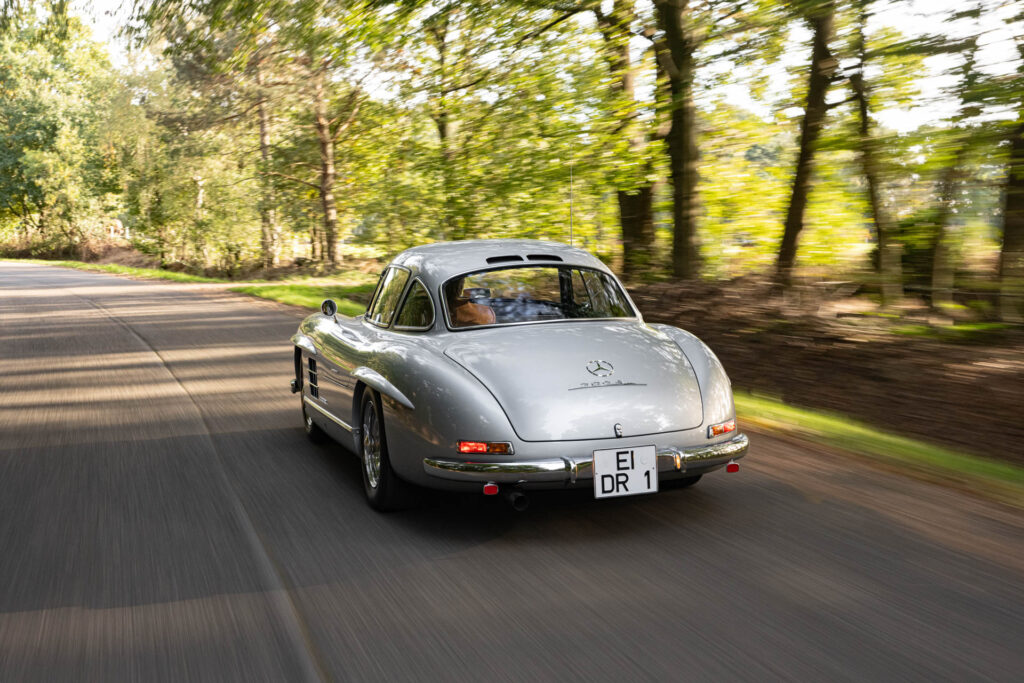
“In the beginning, we didn’t really know what he had,” Constantin continues. “Axel had a hunch that this was the car, and he came to us because he thought it would be of interest to our clientele – but it would need a first-class body-off restoration to shine like it did when it rolled off the production line. So, we took a risk and bought the 300 SL. Over the course of the next month, we were indeed able to confirm the story.”
The breakthrough came thanks to the work of Uli Gauffres, who was serving as Brabus Classic CTO at the time. He managed to authenticate the car by identifying several of its unique features. The most obvious of these was its numberplate, EI-DR-1, but other tells included the rare Rudge wheels and knock-off wheel nuts, the wooden steering wheel and the chrome sill trims, which were set slightly too low. Each of these identifying features precisely matched Warhol’s paintings and screen prints.
With the identification process in the rear-view mirror, Brabus could finally began the arduous 4800-hour restoration project. Constantin explains: “What we’re known for in the classic car space is what we call the Six-Star Restoration. It’s a nut-and-bolt, frame-off restoration, and we’ve done that for a lot of SLs – Pagodas, W111s, 300 SLs, 190 SLs – post-war Mercedes-Benz has always been our speciality.”
After the project was completed, the 300 SL was showcased at the Mercedes-Benz Museum before being auctioned off in a New York Sotheby’s Sealed auction on November 17, 2022. “We got in touch with Sotheby’s, and it was immediately fascinated by the project,” Constantin continues. “Sotheby’s New York auction was mainly an art-based event, and we were happy to place the car in the art space. We were able to sell the car to a private individual.”
Since then, Brabus has continued to focus on ambitious future projects involving classic cars, and doesn’t rule out entering the increasingly competitive restomod market.
“Restomods are a fun scene,” says Constantin. “I love seeing people being creative with older cars. I drove a Ford Bronco restomod at the Pebble Beach Concours d’Elegance last summer, and I was absolutely fascinated by it. It looked like a Bronco, and gave me the appearance of driving one, but it was very far away from the original product. I think there will always be a segment in the market for people who want originally restored collectables in the exact shape and form they were in when they left the production line. However, we are now seeing clientele that is one generation down the road, and wants extravagant and original cars with all the creature comforts of a modern car. That’s exactly the clientele we see buying restomods. Is it something we can imagine doing in the future? Yes, absolutely.”
In the meantime, Brabus will continue creating some of the boldest luxury cars on the planet, while its Classic division will continue to painstakingly restore post-war Mercedes to concours condition. But, as modern cars become increasingly homogenous, we’re certainly excited to see what Constantin has up his sleeve in the coming years, for classics and modern machines alike.
